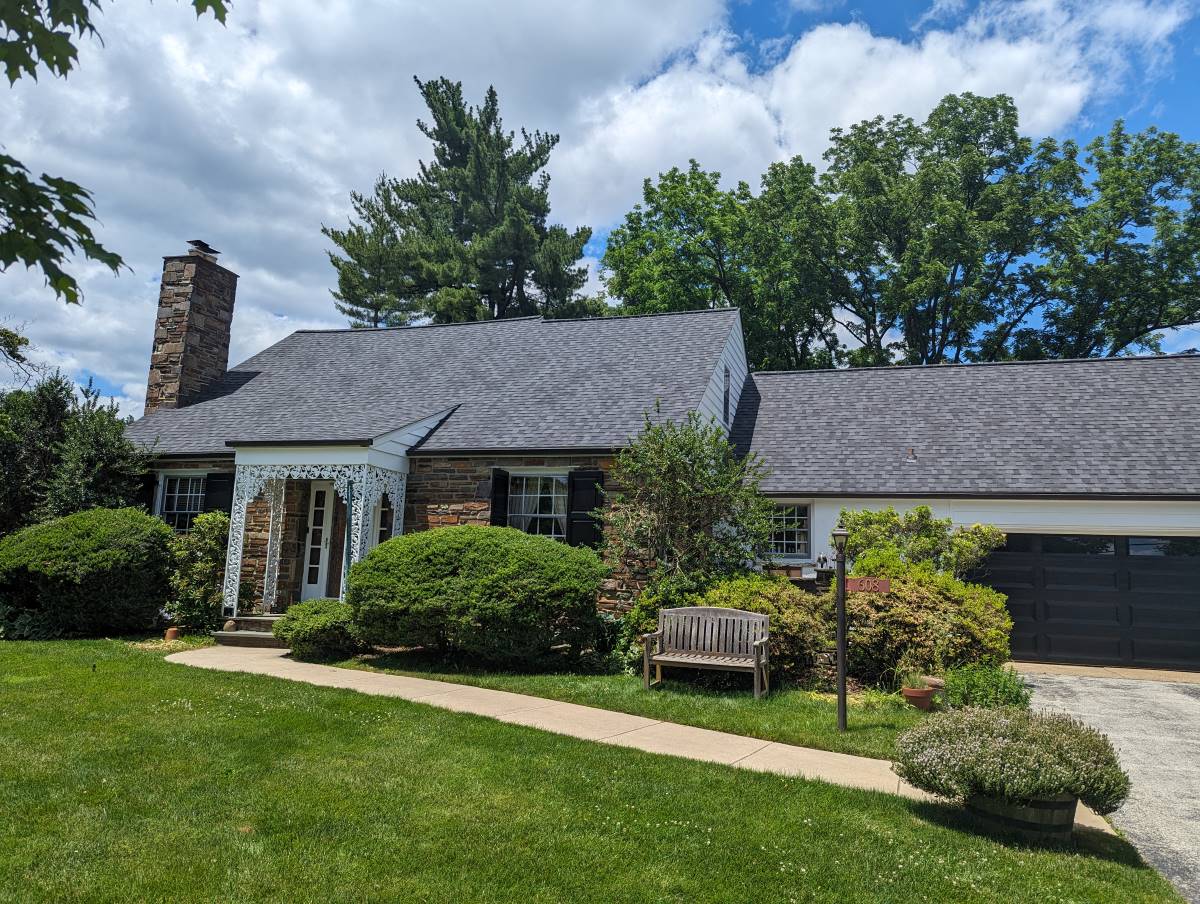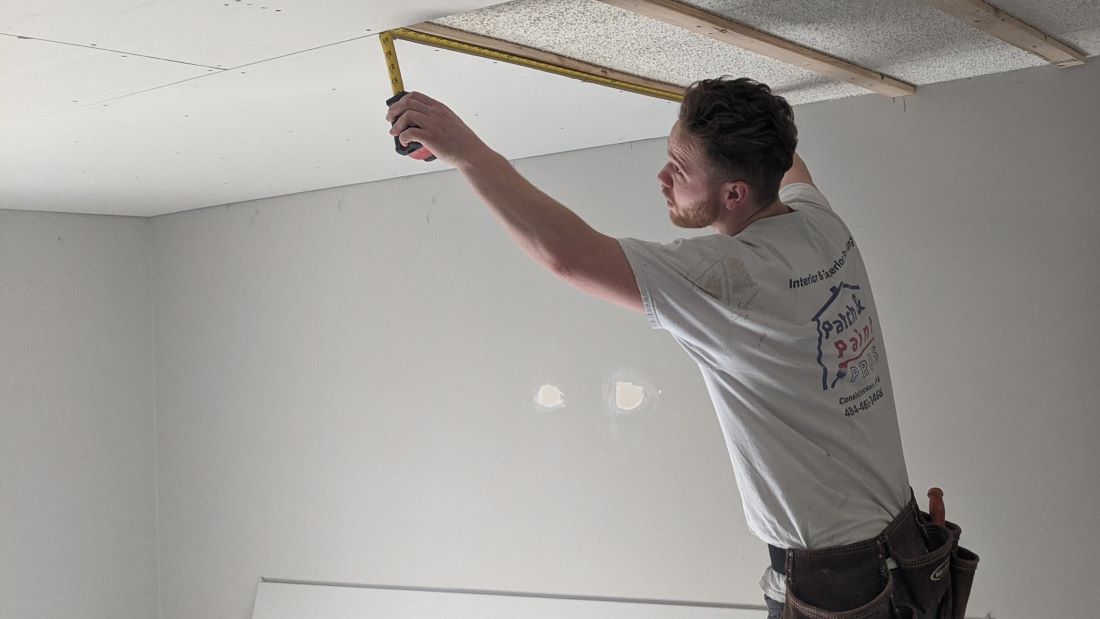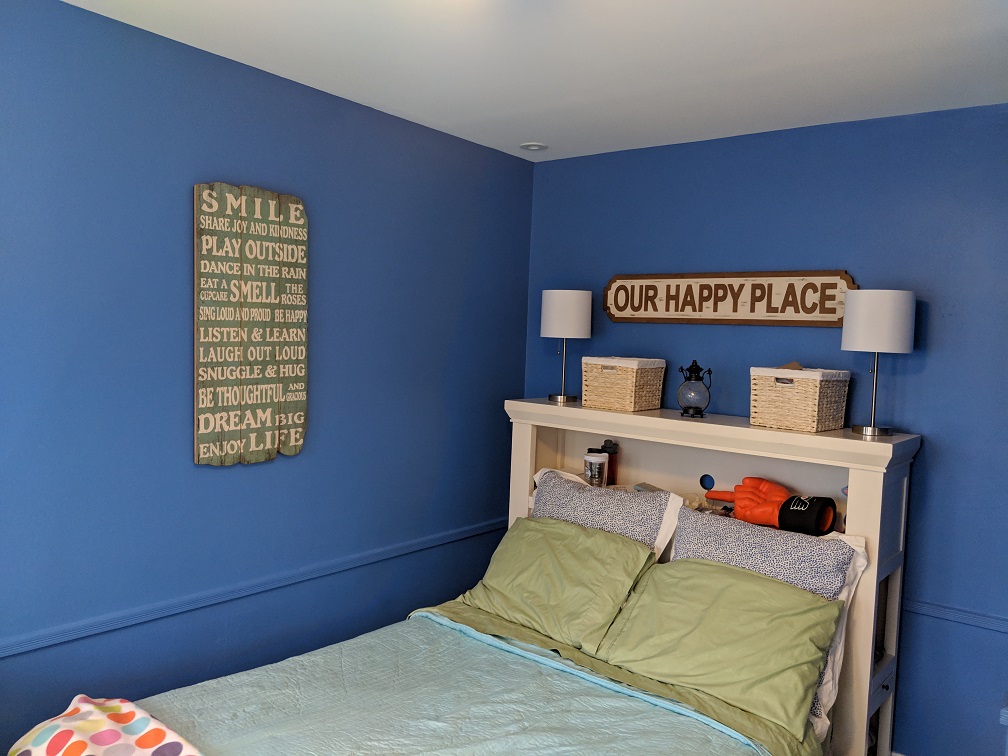Are you tired of seeing unsightly paint splatters on your walls or floors after a painting project? Do you want to learn how to achieve a smooth and flawless finish without any splatter marks? Look no further than mastering brush and roller techniques for splatter-free painting.
Splatters happen when the paint is applied too heavily, unevenly, or with the wrong technique. It can be frustrating and time-consuming to clean up these mistakes, not to mention it can ruin the overall look of your painting project. But fear not, with a few simple tips and tricks, you can avoid these issues altogether and create a professional-looking finish every time. In this article, we will guide you through understanding the causes of splatters, preparing your painting area, and mastering both brush and roller techniques for a seamless result.
Understanding the Causes of Splatters
Now, let’s dive into why those pesky paint splatters happen and how we can avoid them. Identifying common splatter triggers is essential to prevent this problem from happening in the first place. One of the most common causes of splatters is using too much paint on your brush or roller. Excess paint leads to drips, which can easily turn into splatters when you apply pressure during painting.
Another trigger for paint splatters is a dirty brush or roller. If there are any clumps or debris on your tool, they will transfer onto your surface and cause unwanted marks. To minimize this issue, always clean your brushes and rollers thoroughly before starting a new project. Additionally, make sure to remove any excess water or cleaner by squeezing out all the liquid with a paper towel to avoid diluting your paint and causing more splatters. By following these tips for minimizing splatters during painting, you’ll be able to achieve a smooth and flawless finish without any pesky marks spoiling your hard work!
Preparing Your Painting Area
To ensure a smooth and flawless finish on your walls, it’s essential to properly prepare your painting area beforehand. This includes gathering the necessary cleaning supplies such as rags, brushes, and cleaner to wipe down the walls of any dirt or debris. Before painting, it’s important to wear protective gear such as gloves and eye goggles to prevent any accidents or harm from chemicals.
In addition to cleaning supplies and protective gear, organizing your workspace is crucial for a splatter-free painting experience. Remove any unnecessary items that may hinder your movement or cause clutter in the room. It’s also important to carefully prepare the surface you’ll be painting by filling in any cracks with putty and sanding down rough spots. By taking these steps before beginning your paint job, you will not only achieve a beautiful finish but also make the process much more efficient.
Mastering Brush Techniques
You can elevate the quality of your painted walls by refining your brush strokes and achieving a smooth and even finish. To begin with, choose the right size and shape of brush suitable for your painting project. Generally, a 2-3 inch angled brush is perfect for cutting in edges while a 4-inch flat brush works well for covering large areas quickly.
Next, it’s important to master various brush stroke techniques such as cross-hatching, feathering, and blending to create different effects on the surface. Cross-hatching involves making diagonal strokes in opposite directions to create texture while feathering refers to softening the edges of each stroke by dragging the bristles lightly across them. Additionally, color blending tips can help you achieve a seamless transition between shades without creating visible lines or streaks on the wall. By practicing these techniques, you can ensure that your walls look professional and polished with splatter-free painting.
Mastering Roller Techniques
Achieving a flawless and smooth finish on your walls can be achieved by rolling the paint evenly with the right pressure and angle. To do this, it is important to choose the right roller material for your project. Synthetic rollers are great for oil-based paints, while natural fiber rollers work best with water-based paints. Additionally, foam rollers are perfect for achieving a smooth finish on cabinets or furniture.
When it comes to mastering roller techniques, having control over roller pressure is crucial, whether you’re using paint brushes, rollers, or even paint sprayers. Applying excessive pressure can result in unappealing marks on your wall, while insufficient pressure won’t provide an even coat of paint. To maintain consistent pressure, begin by applying light pressure when loading your roller with paint. As you start rolling onto the wall, gradually increase the pressure until you find a comfortable balance. By keeping these suggestions in mind, you’ll be equipped to excel in roller techniques, including the use of paint sprayers, and achieve a consistently professional-looking paint job every time!
Final Thoughts
Now that you’ve learned how to avoid splatters while painting, it’s time to put your new skills into practice. Remember the importance of preparing your painting area and using proper techniques with both brushes and rollers. Take your time and be patient – rushing through a project can lead to mistakes and ultimately, splatters.
With these tips in mind, you’ll be able to achieve a smooth and flawless finish on your next painting project. Don’t be afraid to experiment with different techniques and tools – the more you practice, the better you’ll become at avoiding those pesky splatters. So go ahead, pick up that brush or roller, and get started!











